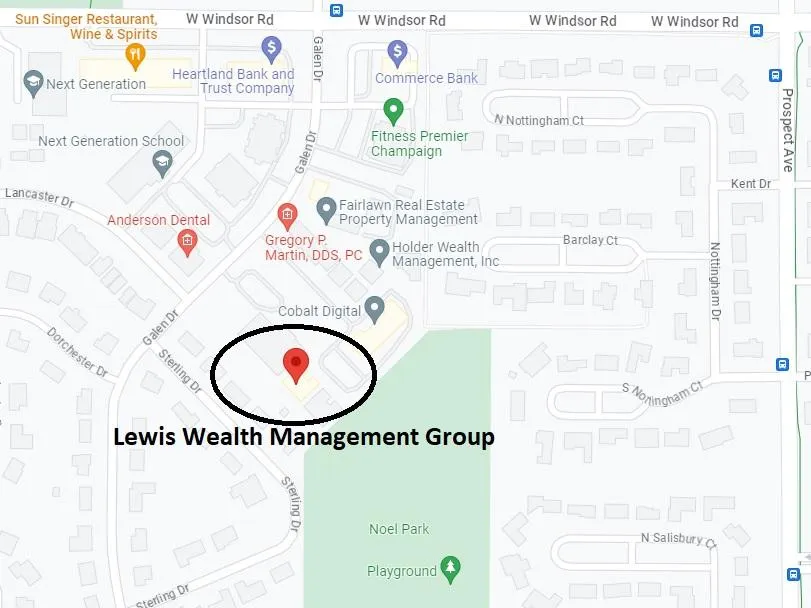
How is Social Security Taxed?
As a seasoned financial advisor with a focus on retirement planning and tax reduction, I often encounter questions about how Social Security benefits are taxed. Understanding these rules is crucial for effective retirement planning. In this post, we'll explore the ins and outs of Social Security taxation and provide some strategies to minimize taxes on these benefits.
Understanding Social Security Benefits Taxation
First, it's important to recognize that Social Security benefits weren't originally subject to federal income tax. However, this changed in 1983 following amendments to the Social Security Act. Today, depending on your "combined income," a portion of your benefits may be taxable.
What is Combined Income?
Combined income is calculated as follows:
Your adjusted gross income (AGI) + Nontaxable interest + ½ of your Social Security benefits = Combined Income.
Based on this combined income, the taxation of your Social Security benefits falls into one of three categories:
No Taxation: If your combined income is below $25,000 for individuals or $32,000 for married couples filing jointly, your Social Security benefits are not taxed.
Partial Taxation (Up to 50%): If your combined income is between $25,000 and $34,000 for individuals, or between $32,000 and $44,000 for married couples filing jointly, up to 50% of your Social Security benefits may be taxable.
Higher Partial Taxation (Up to 85%): If your combined income exceeds $34,000 for individuals or $44,000 for married couples filing jointly, up to 85% of your benefits may be subject to tax.
Strategies to Reduce Taxes on Social Security
Consider Withdrawal Strategies: The timing and amount of withdrawals from retirement accounts can significantly impact your taxable income. Proper planning can help manage these withdrawals to keep your combined income in a lower bracket.
Tax-Efficient Investments: Opting for investments that are tax-efficient, such as Roth IRAs, can reduce your AGI, subsequently affecting your combined income.
Spread Out Income Sources: Diversifying income sources and spreading out income over several years can help manage combined income levels.
Charitable Contributions: For those inclined, making charitable contributions can reduce AGI, impacting the taxability of Social Security benefits.
Navigating the taxation of Social Security benefits can be complex, but with the right strategies, you can effectively reduce the tax burden in retirement. As always, it's advisable to consult with a financial professional to tailor these strategies to your unique financial situation.
©2023 Lewis Wealth Management Group. All rights reserved.
Lewis Wealth Management Group
217-337-5584
2506 Galen Drive Ste 104
Champaign IL 61821
Check the background of your financial professional on FINRA's BrokerCheck.


